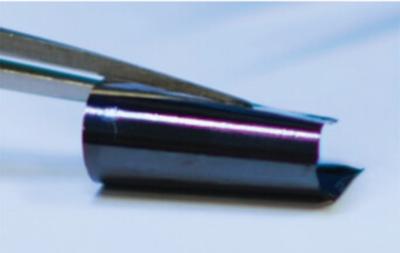Directa Plus' GiPave installed at Imola Circuit ahead of Emilia-Romagna Grand Prix
Directa Plus has announced the installation of GiPave® at the Imola Circuit ahead of the upcoming Emilia-Romagna Grand Prix in May 2024, as part of the Formula 1 World Championship, making it the first circuit to feature green, sustainable and high-tech asphalt utilizing graphene and recycled plastics.
GiPave® was developed by Iterchimica and resulted from a multi-year research program conducted in collaboration with G.Eco of the A2A Group, the University of Milano-Bicocca, and Directa Plus. The product uses graphene supplied by Directa Plus alongside hard-to-recycle plastics, such as certain types of toys, fruit crates, and old CD cases that would not normally be recycled. The asphalt containing GiPave® can itself be entirely recycled, further reducing waste and the need for new materials.

